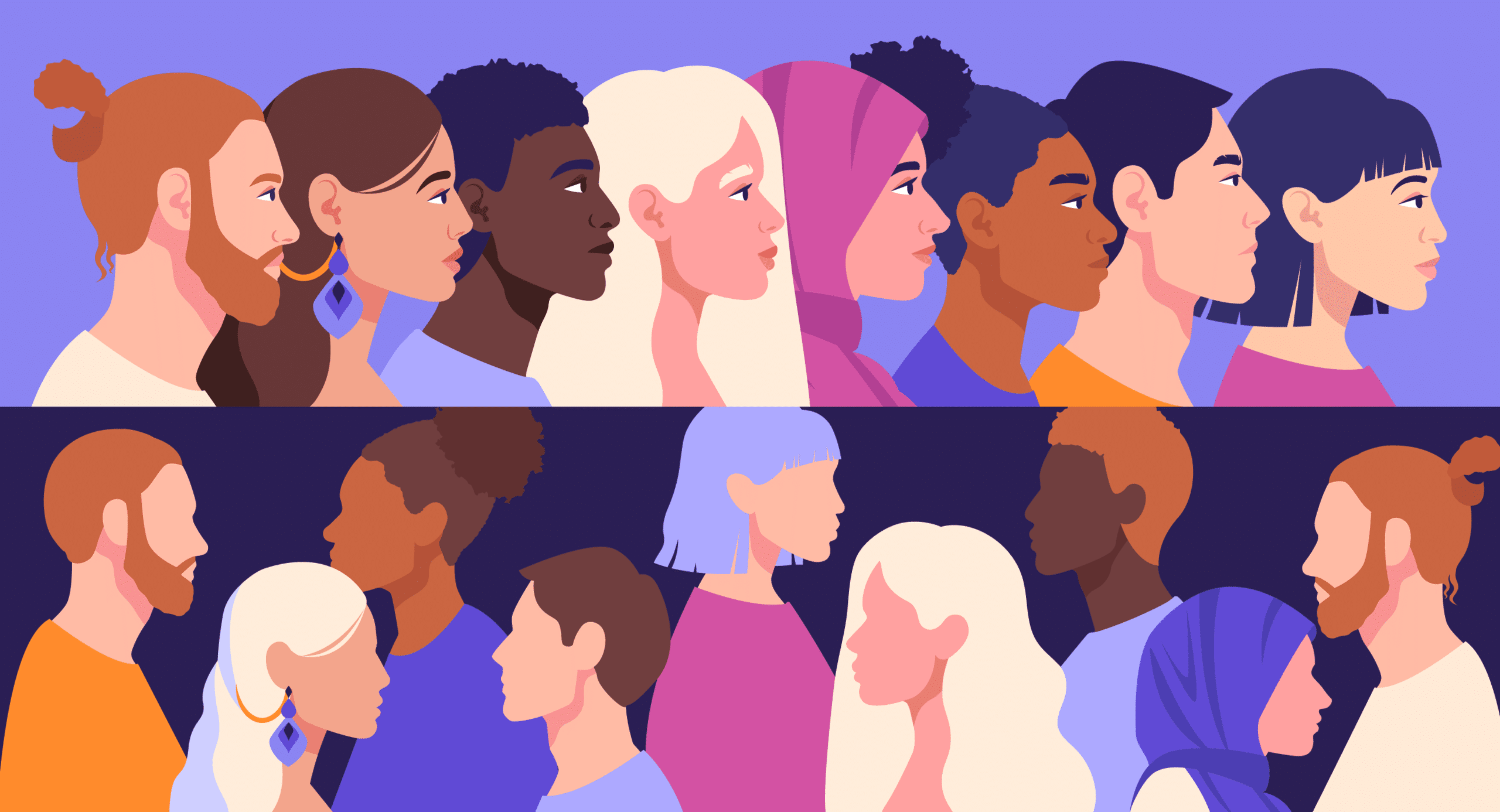The definition of diversity is “The practice of including people from a range of different social and ethnic backgrounds and of different genders, sexual orientations, etc”. Over the years, we have witnessed a ridiculous amount of companies falling apart due to their lack of diversity in their research. For example, Pepsi had an outrageous, tone-death advert that encapsulated that Pepsi’s can is enough to end a war. It was laughable at how little research must have gone into the advert for it to have been given the go-ahead, and specifically how little research into the actual groups this advert would even affect. It’s undoubtedly avoidable mistakes regarding diversification and inclusiveness. Culturally insensitive errors usually result in a massive customer backlash, and the resulting clean-up campaign for PR can be a complete nightmare.
It’s a common belief that every press is good press, but no brand would happily like to be known for its lack of diversity or cultural awareness. Especially with the way the world is positively evolving, companies can not continue to get away with any form of ignorance like they may have in the past. What’s the solution? If you make sure your campaigns include a wide range of people, you may effectively avoid costly errors. The process starts with integral, diverse, and inclusive market research.
What is diversity? Why is it important
Diversity can be found in many varieties, including race, gender, religion, sexual orientation, age, cultural background, and socioeconomic background. All of these make up an individual’s different experiences across the globe. In short, diversity and inclusion are essential because they’re about acknowledging and valuing people’s differences in this world. This ensures that every voice is heard and their viewpoints are considered and taken to the table. It provides brands with the capability to engage with all their customers, regardless of who they are. This is an essential element of the success of businesses and innovative thinking, and without it, companies could end up in hot water.
It is integral in the scope of market research; even if you are aiming for a specific category of people, you still need a variety to be fruitful and unique feedback. Everyone experiences things differently, and this is exactly what researchers want to find out.
The diversity of market research
It’s crucial to ensure that you’ve got in-depth research so you can ensure that everyone’s age, gender (as well as nationalities, sexualities, and religious beliefs) are equally represented in your brand. There isn’t a one shoe fits all image of what the typical customer appears like. The people of the world are diverse, and in the present day, as mentioned previously, it’s more essential than ever before to ensure your brand’s messages appeal to anyone, no matter the person they are. In the case of market research, it is crucial to include respondents from various perspectives and not exclude people who think differently or exclude those with different views.
Throughout the research, you want to know the positives, but every true researcher knows the most crucial data is the negative ones. It’s all good to have a brand with few negatives; however, you will never have a well-rounded model if you do not chase these issues.
If you’re testing marketing strategies, seeking feedback for new product launches, or knowing more about the use of your product, diversification in market research will help to understand consumer behaviour and comprehend why your customers behave in the way they do. It can have a tremendously positive impact.
How to make your research diverse
It is a misconception that it is challenging to make both research diverse and just general diversity in the work place. At Vocal Views, we include in every single project six integral questions.
These revolve around:
- Age
- Sex
- Ethnicity
- Marital Status
- Current Location
- Household Income
We chose these topics exclusively because we determined that these are the most defining factors that differentiate one person from another. Two respondents could be of the same age, sex, and ethnicity; however, living in different locations can still shape them into entirely different individuals.
However, it is also essential to allow people to “prefer not to say” as we would not want anyone to feel pressured to provide anything they are uncomfortable with. These factors are what define diversity and inclusivity, as some people aren’t as open as others and willing to share personal information as freely. We find it beneficial to include the questions in every single project to hopefully make our respondents more comfortable sharing the information with us as it becomes fairly routine. We also would not want anyone to feel any bias and exclude them based on any factor, so placing them in every project ensures that our respondents’ details feel respected.
If you are looking to carry out some research yourself, we pride ourselves on our ability to make every study vastly diverse. VocalViews welcome people from all walks of life to apply, and we believe this provides clients with high-quality, genuinely generalizable results. If the research you are participating in has nothing we have outlined, there is no way it will ever translate into the real world.







